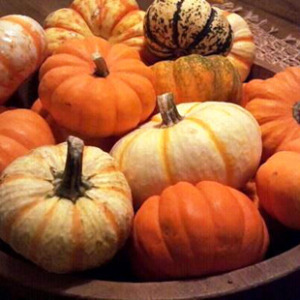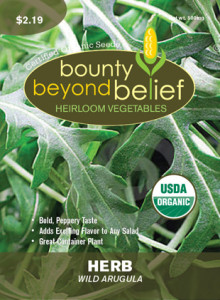Eat and Grow
Why and How to Regrow Kitchen Scraps
By: Holly Keehn
Don’t throw out those kitchen scraps this Thanksgiving. Instead, eat and grow them! Composting is great, but if you don’t have a bin this is an excellent way to get full use of your veggies, just as nature intended!
Re-grow these vegetables and save on many grocery bills to come:
Leeks, Onions, Lemongrass
- Celery, Bok Choi, Romaine Lettuce, Cabbage, Root Vegetables
- Ginger
- Potatoes, Sweet Potatoes
- Herbs
- Mushrooms
- Garlic
Onions are really easy to re-grow, indoors and out as long as they receive enough sunlight. For bulb onions, take the root end and cover lightly with soil. For green onions and lemongrass, simply place the root ends in enough water to cover the roots and harvest the new growth.
Celery, lettuce, cabbage, and root vegetables can all be re-grown by covering the roots with water leaving the tops exposed, then plant leaving the new growth leaves above the soil.
Ginger, oh ginger. Simply soak the root in water overnight, cover with soil, and harvest as needed. Repeat the process to ensure a constant supply.
If you’re like me and don’t use your potatoes quickly enough, you’ll see them starting to root, or form “eyes”. Take advantage of this by cutting the potato into pieces with 1-2 eyes on each, leave them out for a few days until fully dry, plant them 12 inches apart and four inches deep, and continuously cover half of the new growth until harvest.
I never thought to re-grow herbs, what a fantastic idea! They are super easy, too. Keep a four-inch clipping in water with leaves exposed until you see significant root growth, then pot, and enjoy a constant supply of fresh herbs.
You can also re-grow mushrooms using a mixture of compost and soil. Place the mushroom stalk in the soil, leaving only the top exposed. If all goes as planned, you’ll have mushrooms in no time!
Garlic is truly one of the easiest to re-grow. Simply place one clove root end down into the soil and watch it grow!
Use this season’s whirlwind of cooking to enjoy a constant supply of free, fresh, homegrown produce year round!
Happy cooking!
Photo Credit:
https://www.pinterest.com/pin/296885800406668715/
https://www.pinterest.com/pin/345510602636546064/
https://www.pinterest.com/pin/166422148703165573/
Best Heirloom Vegetable Seed
Grass and Wildflower Mixes
Wildflower Seeds
Organic Vegetable Seed


 thrown over the tomatoes is going to help. This is when the hard frost finally comes and it’s time to harvest those green tomatoes and put them in the house or cool garage. I personally don’t start immediately making green tomato recipes because I’ve found most of the
thrown over the tomatoes is going to help. This is when the hard frost finally comes and it’s time to harvest those green tomatoes and put them in the house or cool garage. I personally don’t start immediately making green tomato recipes because I’ve found most of the  As I walked around the garden yesterday afternoon, I noticed the biggest threat to the remaining plants was drought. The weather has been cool so I didn’t think about water, but the low humidity all week is sucking all the moisture out of the air and out of the plants. So I do need to run the overhead sprinkler for an hour or two to return moisture to the leaves. That extra water on leaf surfaces will freeze at night and help protect the plants.
As I walked around the garden yesterday afternoon, I noticed the biggest threat to the remaining plants was drought. The weather has been cool so I didn’t think about water, but the low humidity all week is sucking all the moisture out of the air and out of the plants. So I do need to run the overhead sprinkler for an hour or two to return moisture to the leaves. That extra water on leaf surfaces will freeze at night and help protect the plants. we tend to let the garden’s needs slip from our minds while we’re enjoying the fall colors. When we see foliage browning we first assume it’s just the season, but as my poor limp Comfrey showed me, everything needed a good soak. Rain a week ago has long evaporated from the surface of the topsoil. A local plant expert told me once that he found the key to helping plants overwinter was making sure they went into winter well watered. Water in the soil will freeze and help protect roots.
we tend to let the garden’s needs slip from our minds while we’re enjoying the fall colors. When we see foliage browning we first assume it’s just the season, but as my poor limp Comfrey showed me, everything needed a good soak. Rain a week ago has long evaporated from the surface of the topsoil. A local plant expert told me once that he found the key to helping plants overwinter was making sure they went into winter well watered. Water in the soil will freeze and help protect roots.